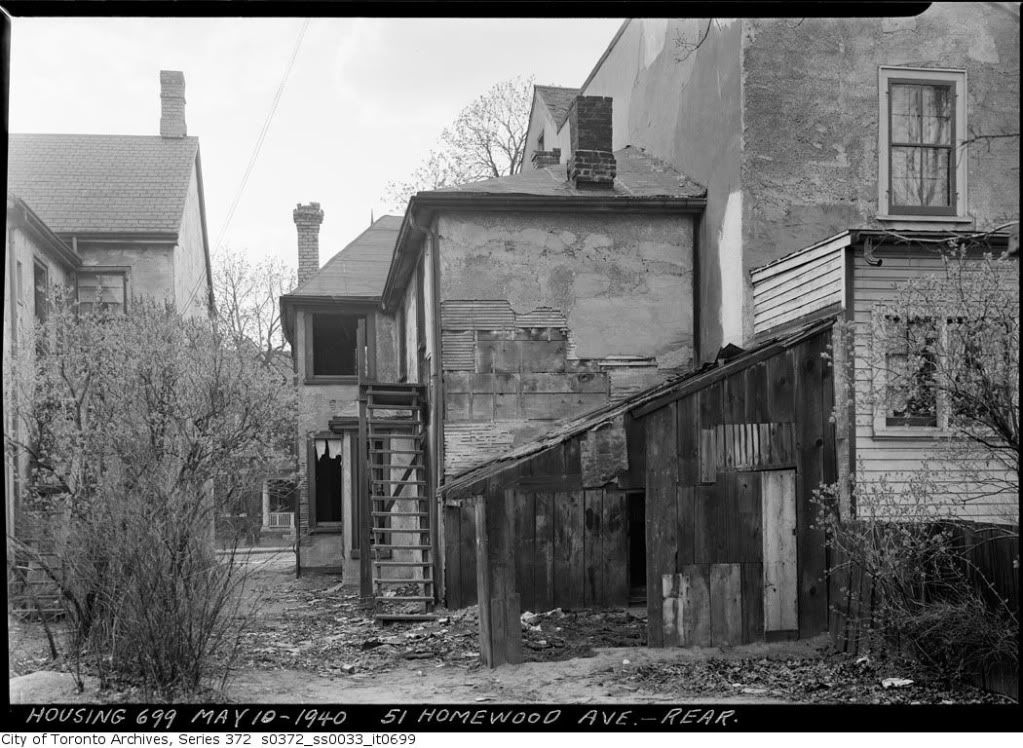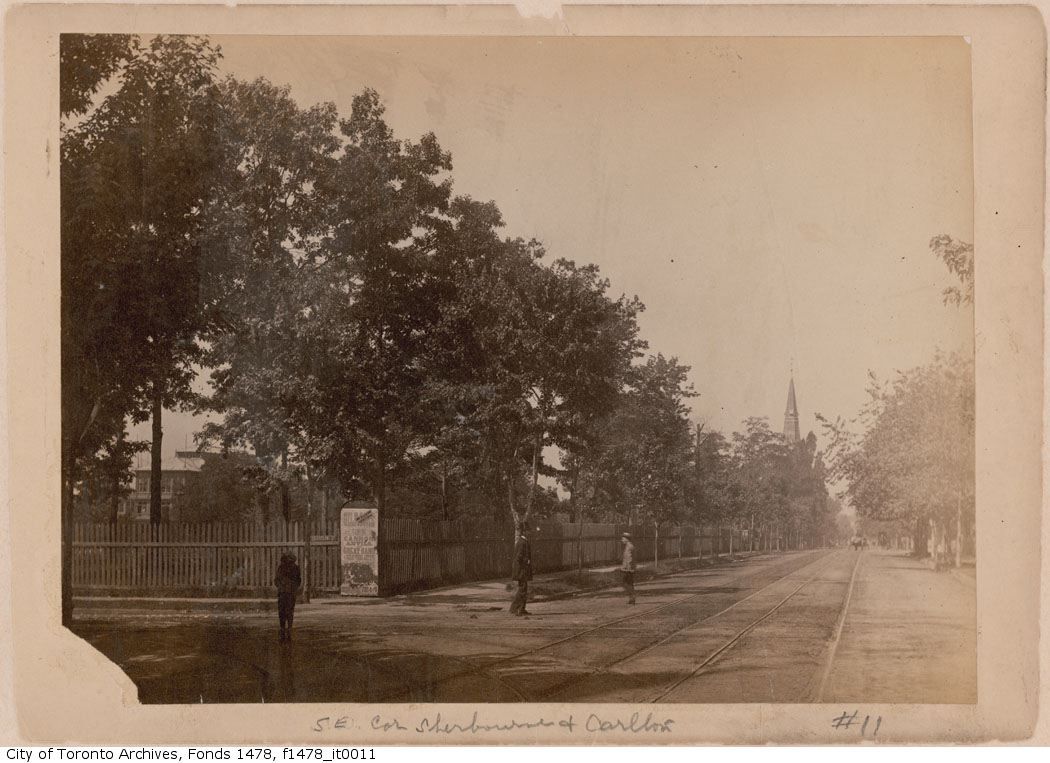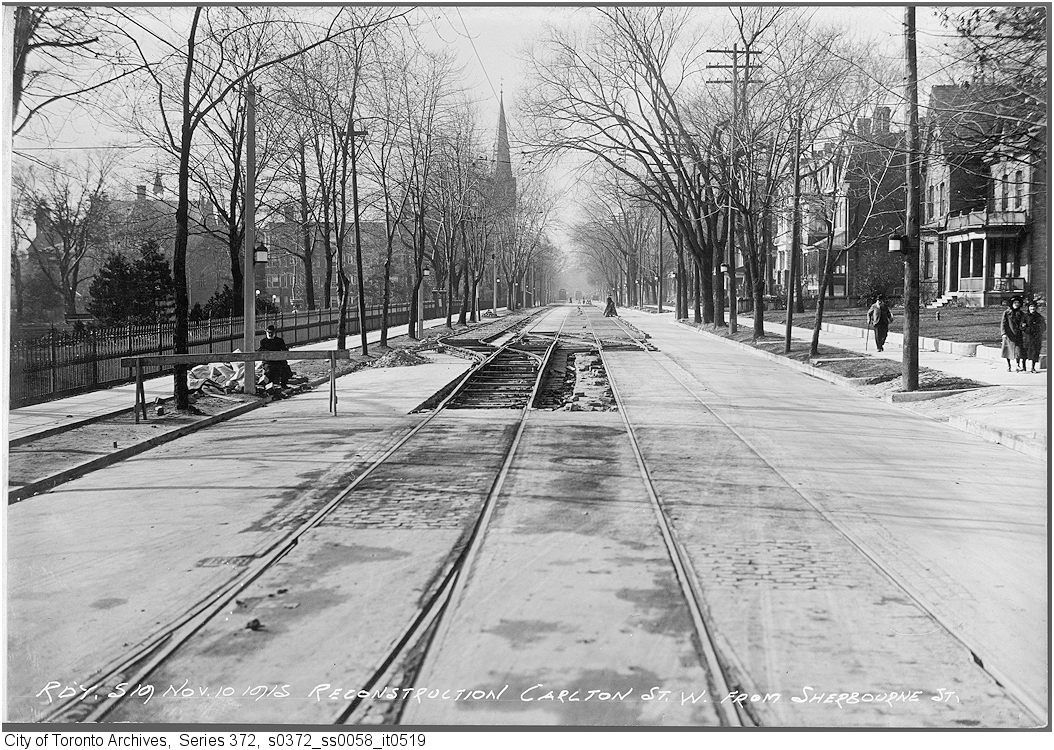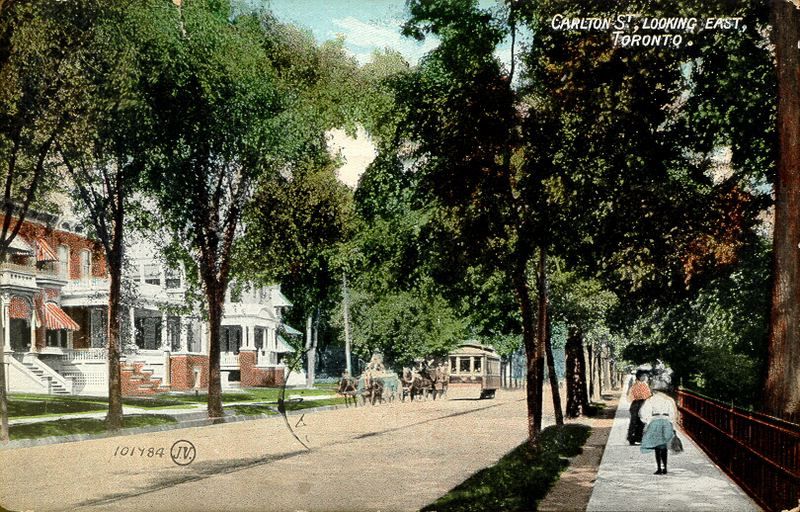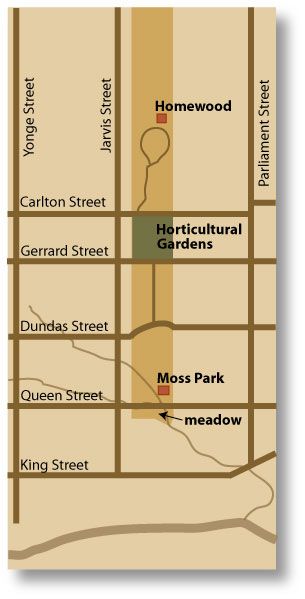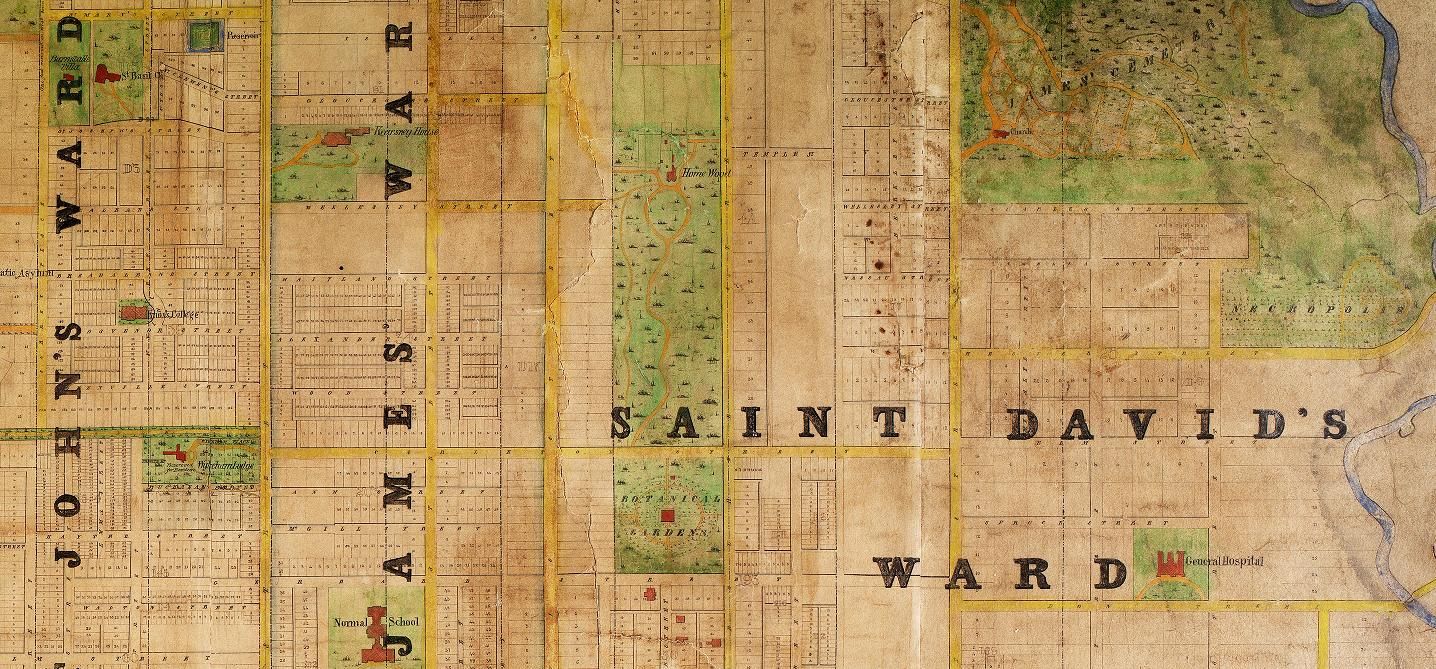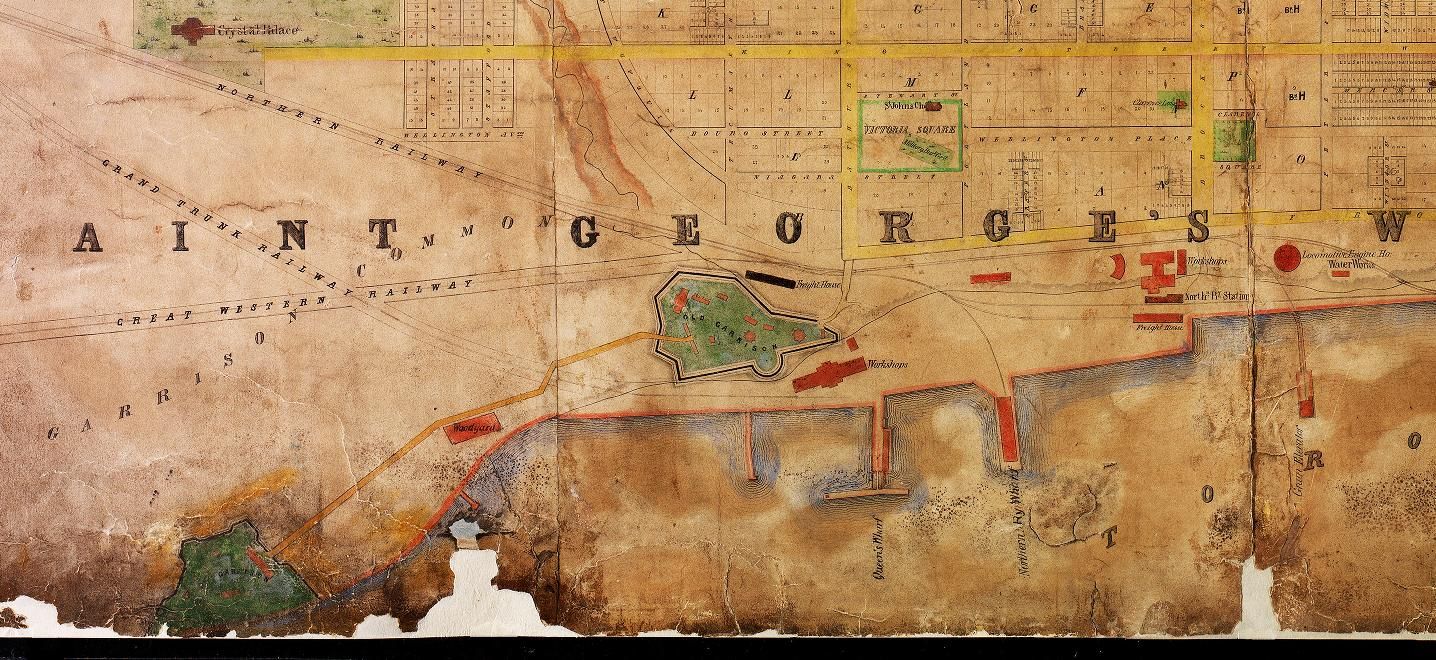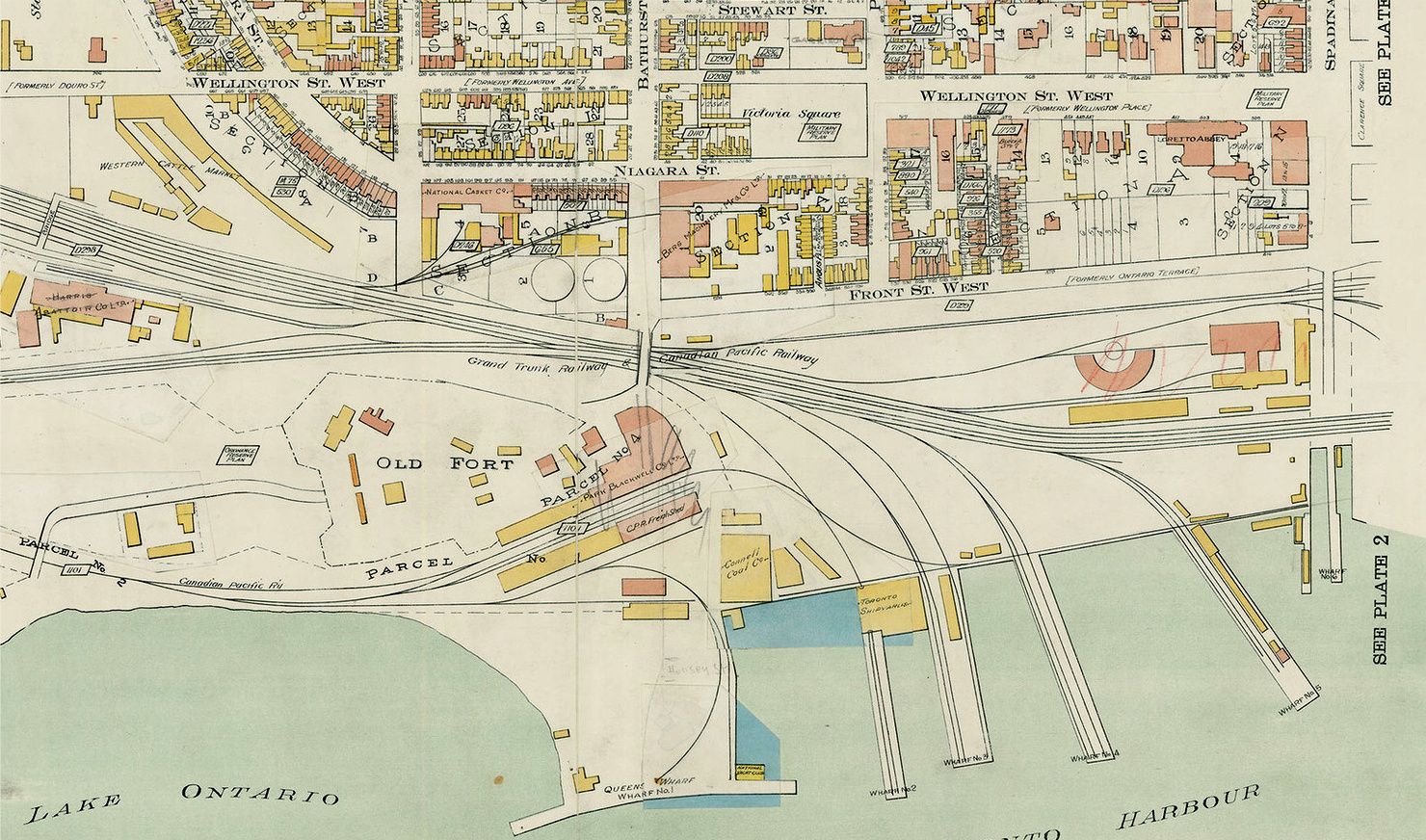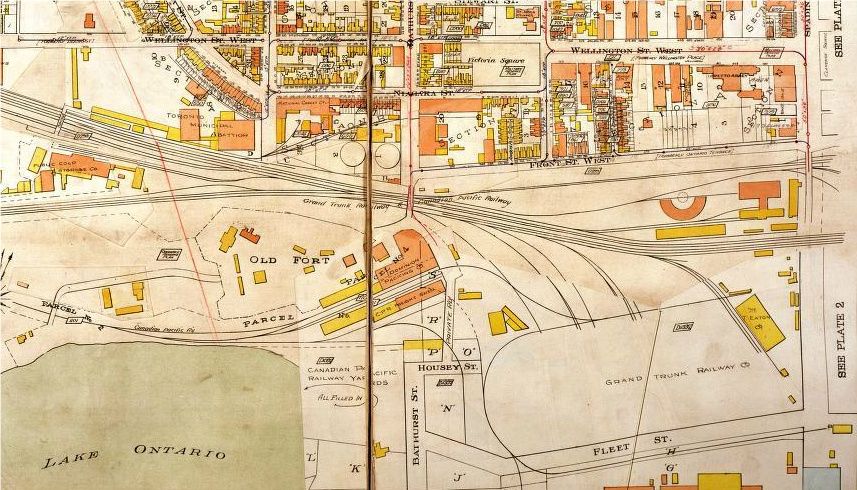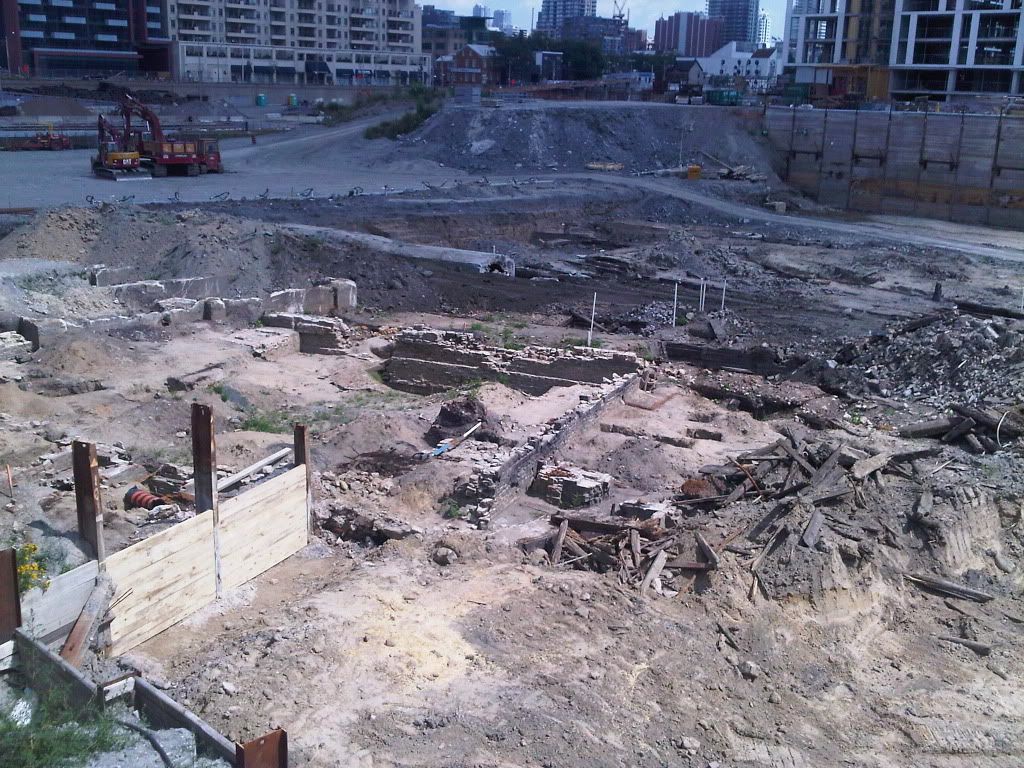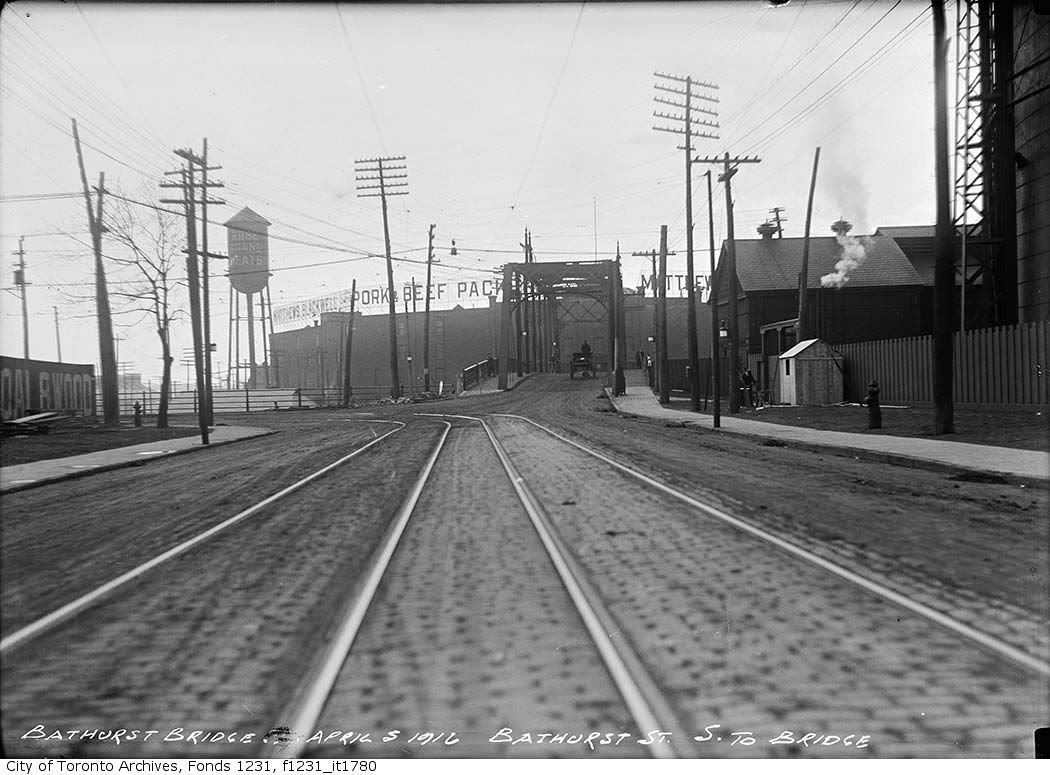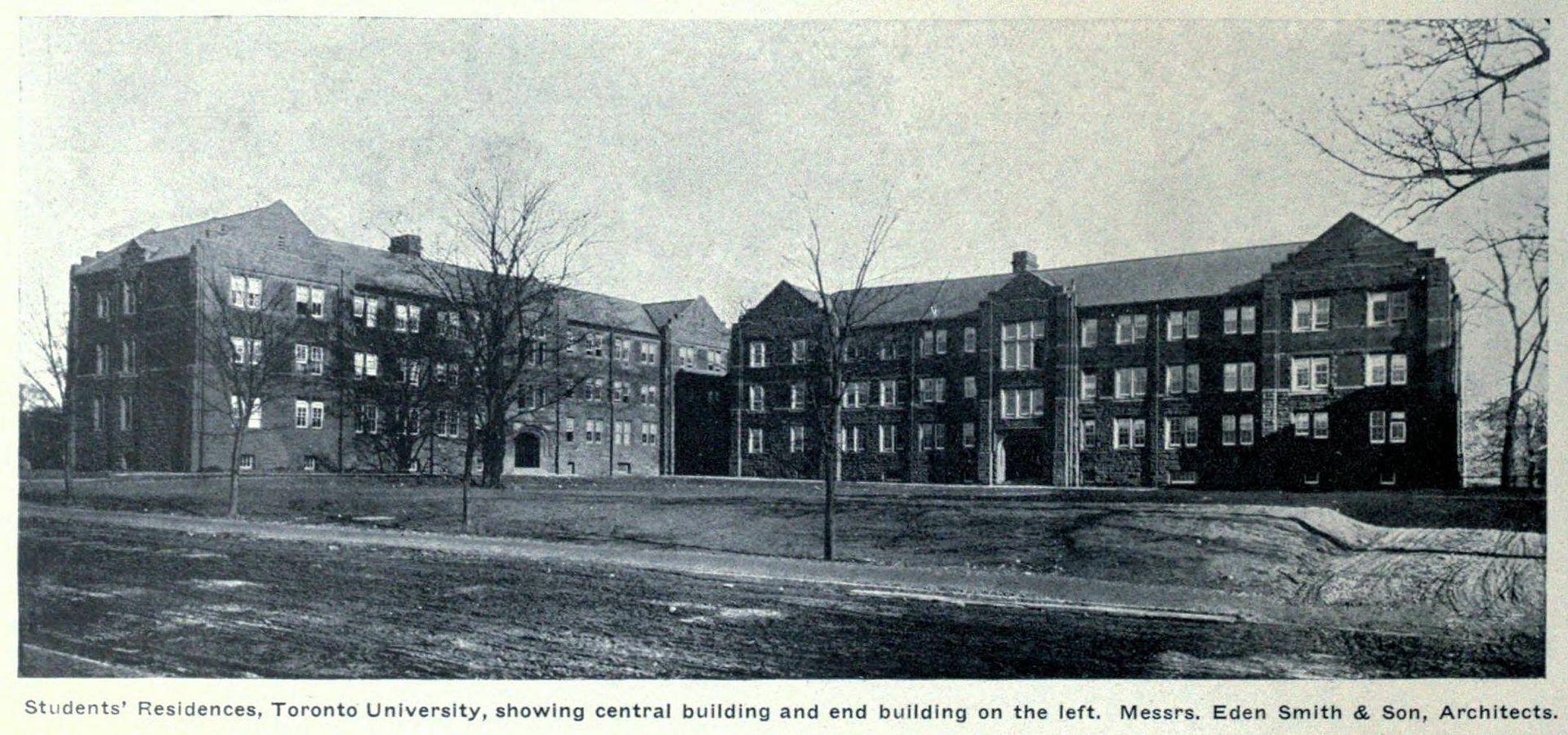Mustapha
Senior Member
August 3 Then and Now.
Then. 'Feb 24, 1925. W. S. Don. Queen St. N.' It's always an exciting day when there is an ice jam in the Don River and all the ice comes ashore, Lake Simcoe style.

Now. May 2011. The warehouse building is still there in the middle right. The Dundas street bridge is still in the distance. There are a few more cars and the Don Valley Parking Lot is - amazingly - running smoothly.

Then. 'Feb 24, 1925. W. S. Don. Queen St. N.' It's always an exciting day when there is an ice jam in the Don River and all the ice comes ashore, Lake Simcoe style.

Now. May 2011. The warehouse building is still there in the middle right. The Dundas street bridge is still in the distance. There are a few more cars and the Don Valley Parking Lot is - amazingly - running smoothly.







